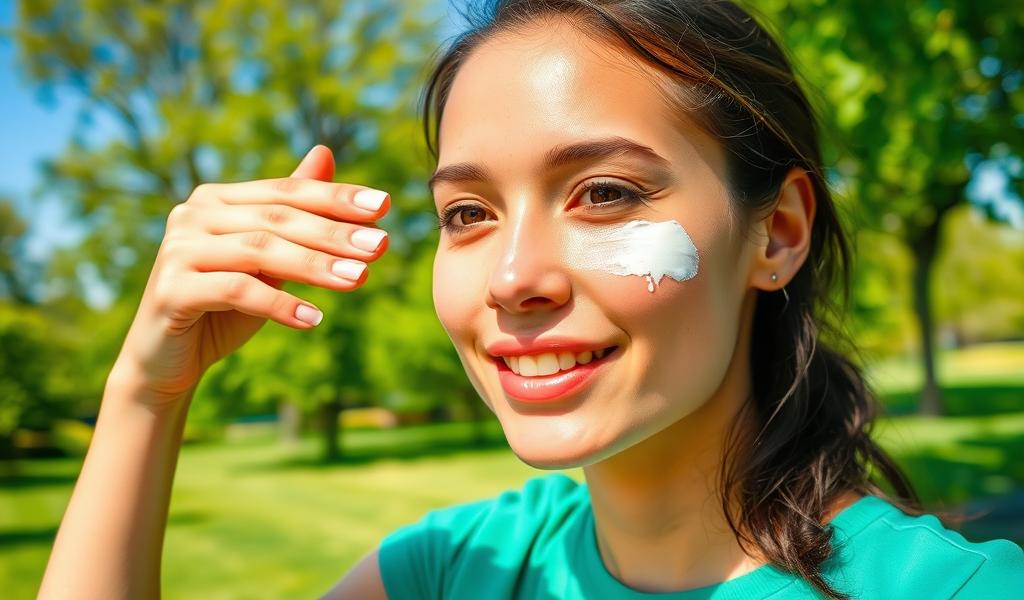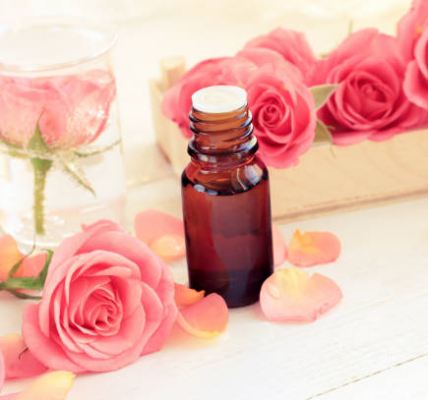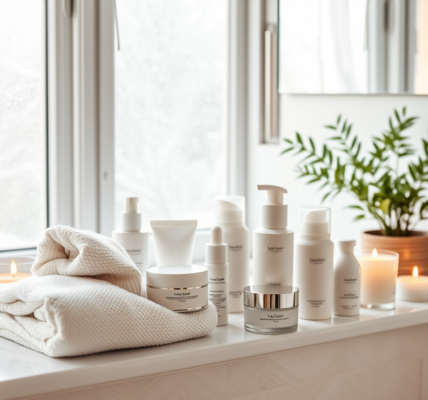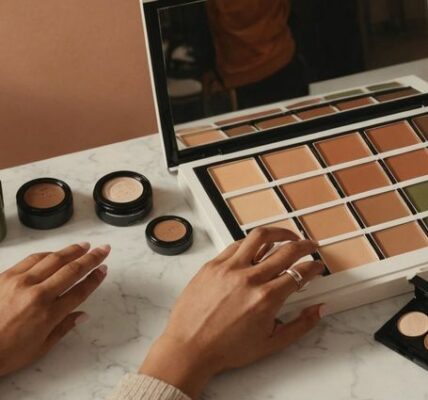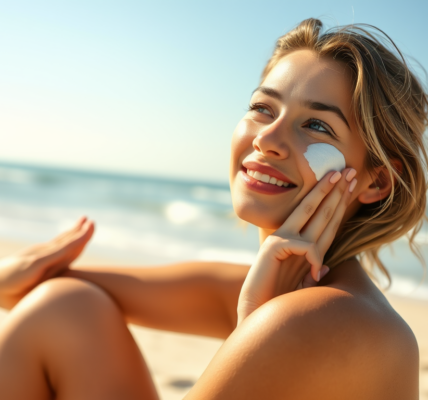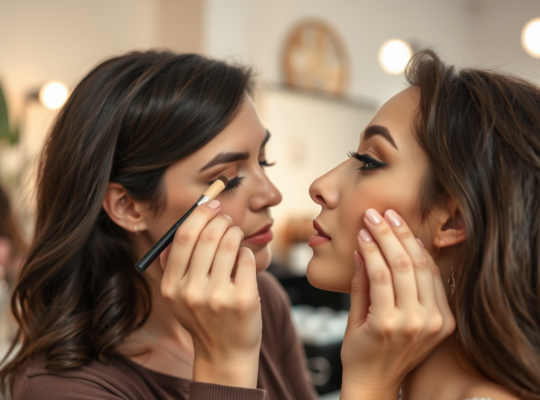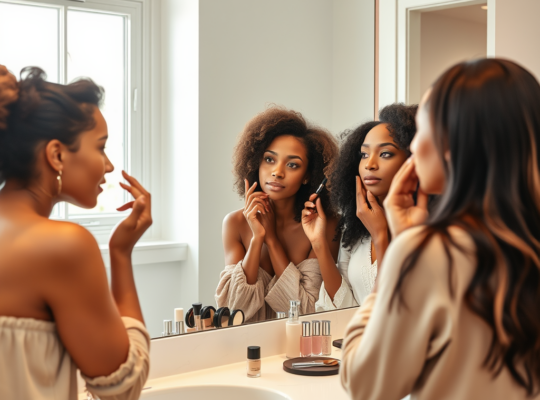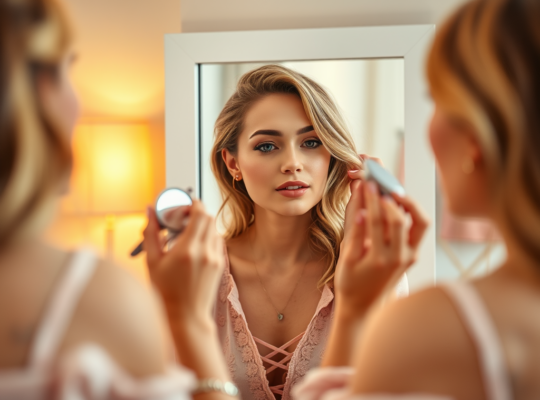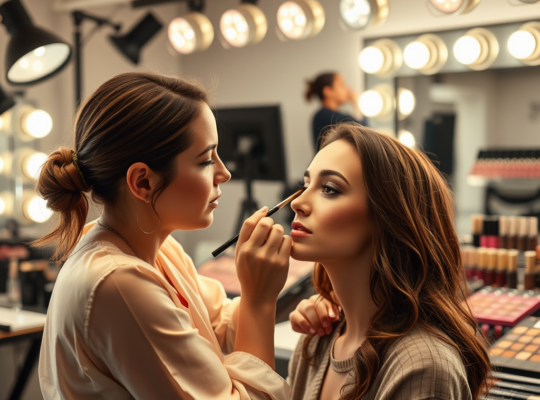The debate around where sunscreen fits into your skincare routine is a critical conversation for anyone who values healthy skin. The sun offers splendid warmth and light, yet it brings forth challenges, such as harmful UV rays that can damage your skin. Understanding how sunscreen interacts with other skincare products can empower you. Are you layering your products correctly to maximize their efficacy? Determining whether sunscreen should be the last step in your regimen could just change the way your skin reacts to sun exposure. Let’s delve deep into the science and recommendations surrounding this essential component.
Understanding the Importance of Sunscreen
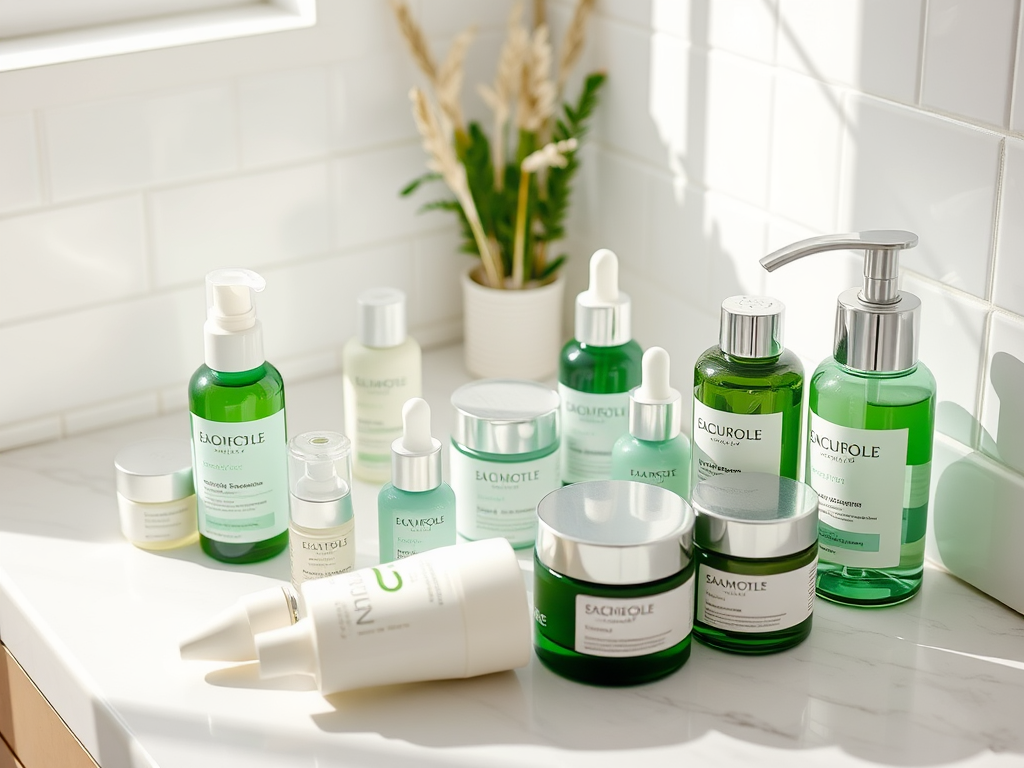
Sunscreen is not just an option; it is a necessity in any skincare routine. Effective protection against the sun’s harmful rays can significantly reduce the risk of skin cancer, and it can prevent premature aging—think fine lines and age spots. Incorporating sunscreen into your daily routine can create a shield for your skin. If you’ve skipped this vital step in the past, now is the time to make a change. Remember, UV rays can penetrate your skin even on cloudy days, so daily application is key. Failure to protect yourself can lead to long-term consequences that you might regret later.
The Purpose of Each Skincare Product

A well-structured skincare routine is like a symphony, where every product plays a role in delivering the best results. Let’s break down the core components:
- Cleansers: Remove dirt, oil, and makeup, ensuring your skin is clean for treatments.
- Toners: Help balance pH levels and can add a layer of hydration.
- Serums: Target specific concerns such as acne, pigmentation, or fine lines.
- Moisturizers: Seal in moisture and create a protective barrier.
Each step is crucial, but sunscreen’s role is particularly vital because it protects all of the work you’ve done in your skincare routine. Consider the layering method—thinnest to thickest—which makes it easier to apply products without them interfering with one another.
The Conventional Skincare Routine
Most skincare enthusiasts agree that sunscreen should be the final step in your regimen. This tradition stems from various dermatologists who advocate for that method. By applying sunscreen last, you create a protective barrier against UV rays after layering all your treatment products. This ensures that the active ingredients in your serums and moisturizers are fully absorbed before you layer on your sunscreen. However, this common belief may not be as straightforward as it seems.
| Product Type | Role in Skincare | When to Apply |
|---|---|---|
| Cleansers | Remove impurities | Morning & Night |
| Toners | Hydrate and prepare | After Cleansing |
| Serums | Treat specific concerns | Before Moisturizer |
| Moisturizers | Lock in moisture | Before Sunscreen |
| Sunscreen | Protect against UV rays | Last Step |
Reasons to Apply Sunscreen Last
There are several compelling reasons to apply sunscreen last in your skincare routine. A protective barrier is essential to guard against environmental stressors. Here are some benefits of this approach:
- Effective Defense: It works fundamentally to block out harmful UV rays.
- Proper Function: Ensures that the active components in sunscreen are not compromised.
- Longer Lasting Results: Helps maintain efficacy even as other products may wear off during the day.
Your skin deserves the best care, and understanding the rationale behind applying sunscreen last could lead to improved skin health in the long run. However, there are always exceptions to every rule.
Exceptions to the Rule
While applying sunscreen last is typically the best practice, certain scenarios may call for deviation. For example, if you’re using a makeup product that contains SPF, applying it after sunscreen can still afford you a layer of protection, especially if you’re out in the sun for extended periods. Similarly, some individuals swear by applying chemical sunscreens before serums or moisturizers to enhance absorption. It’s essential to consider your skin’s individual needs and how the products you use interact with one another.
Conclusion
Incorporating sunscreen at the end of your skincare routine is generally advised for optimal protection against the sun’s harmful rays. However, it’s crucial to assess your individual skincare products and how they interact. Your skin type, concerns, and lifestyle should dictate the most effective order of application. By ensuring that your routine is tailored to you and understanding the science of how sunscreen works, you can enjoy luminous, healthy skin for years to come. Don’t let the confusion around application methods prevent you from safeguarding your skin.
Frequently Asked Questions
- Should I apply sunscreen on top of my moisturizer? Yes, sunscreen should be applied over moisturizer to effectively protect your skin.
- Can I use makeup with SPF instead of sunscreen? While makeup with SPF can provide some protection, it should not replace a dedicated sunscreen, especially for extended sun exposure.
- Is it necessary to reapply sunscreen during the day? Yes, it is crucial to reapply every two hours or immediately after swimming or sweating.
- Does sunscreen expire? Yes, most sunscreens have a shelf life of about three years. Always check the expiration date.
- What SPF should I use? It is recommended to use a broad-spectrum sunscreen with an SPF of at least 30 for adequate protection.
